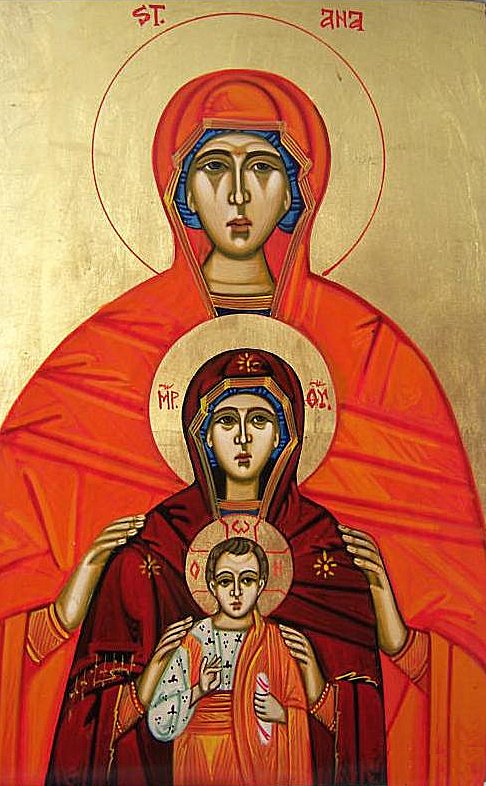
HOME | ORDER | CANDIDACY | COMMANDERIES | RANKS | NEWS | LINKS
The Order of St. Anna, named after the Grandmother of Christ, the Holy Virgin's mother, follows the traditions of our fathers in that we recognize our responsibility to assist the Church in her struggles to bring the most basic of comforts to those who cannot aid themselves, as well as to continue the education of future clergy.Each time a knight or dame of our Order is created, the funds are divided; a portion of passage fees are directly given to the Church for the directed charity in need. The other portion is allotted for the upkeep of the Order, to offset fees and materials. Donations may be tax deductible and each knight or dame should check with his or her accountant.
The eagle you see on this site and on patents is the crest of their Graces and may not be duplicated without written consent.
Our Order is at peace and fully blesses and is blessed by The Order St. Constantine UK and the Order of the Holy Ghost, Rome and USA. We are always willing to review other Orders and Sovereigns with whom we can seek fraternal peace. Our members are from all walks of life and all corners of this earth. We share one very special bond that many others do not: We agree that we are created by the One true God who is in three equal parts known as The Father, The Son and The Holy Spirit. The three are one!
HISTORY
The Order was established by Karl Friedrich, Duke of Holstein-Gottorp on 14 February 1735, in honor of his wife Anna Petrovna, daughter of Peter the Great of Russia. The motto of the Order is "Amantibus Justitiam, Pietatem, Fidem" (To those who love justice, piety, and fidelity). Its festival day is 3 February Julian /16 February Gregorian. This Order originally is a dynastic order of knighthood, but from 1797 to 1917 is had dual status as an dynastic order and as an state order. The Head of Imperial House of Russia always held the position of the Head of Imperial Order of St. Anna.
Membership in the Order was awarded for a distinguished career in civil service or for valor and distinguished service in the military. The Order of Saint Anne entitled first-class recipients to hereditary nobility, and other recipients to personal nobility. For military recipients, it awarded with swords.
In 1742, Karl Peter Ulrich, Duke Karl Friedrich's son, was declared the Russian heir apparent. After arriving in Russia, he presented the Order to several courtiers. On 15 April 1797, his own son, Emperor Paul I of Russia, established the Order as part of the Imperial Russian system of honors and divided it into three classes, renaming it the "Order of Saint Anna" (dropping the name "Imperial"). Emperor Alexander I added a fourth class in 1815.
Recipients of the Order of St. Andrew (including princes of the Imperial blood, who received it at baptism) simultaneously received the first class of the Order of Saint Anna. The Emperor (Tsar) himself was the hereditary chief of the Order, until it was abolished in 1918.
In modern times, the Order has been restored as a "House Order" under the protection and patronage of Russian and Ukrainian noble houses.

